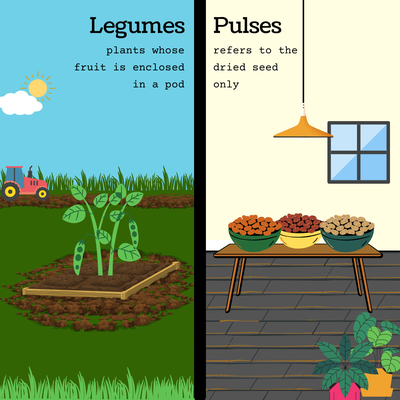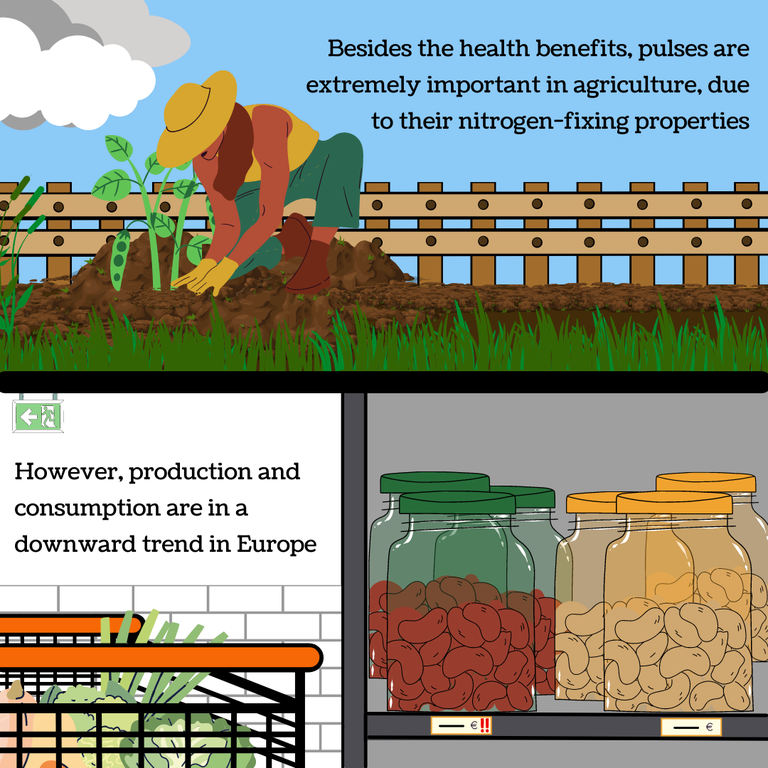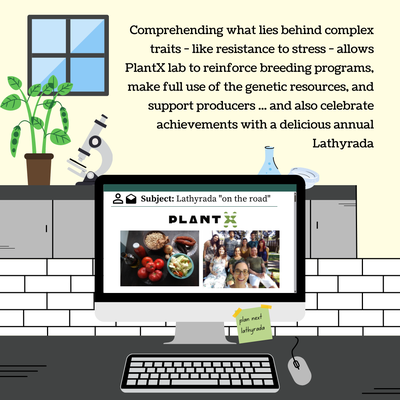Reviving Pulses
Full of nutrients; high in protein content; rich in soluble fiber; low in fat – all these traits are what make pulses a top recommendation by health organizations for the management of diseases like diabetes and heart conditions.
But what are we talking about when we talk about pulses?
Pulses (or grain legumes) refer only to the dried seed, so it does not include crops that are harvested green – green peas, green beans - crops that are used mainly for oil extraction – soybean and groundnuts - nor forage legume crops – seeds of clover and alfalfa. Some examples of pulses are chickpeas, kidney beans, and lentils.
Pulses are also extremely important in agriculture. The nitrogen-fixing properties of pulses can improve soil fertility, which increases the productivity of the farmland. By using pulses for intercropping and cover crops, farmers can promote biodiversity, while keeping harmful pests and diseases at bay. As pulses produce a smaller carbon footprint, they also indirectly reduce greenhouse gas emissions.
Yet, pulses production and consumption have been in a downward trend, in Europe. Blame can be possibly attributed to the increase in meat consumption paired with the lack of innovation and low attractiveness of the current pulses market. In Portugal, most of the pulses consumed are imported. This contrasts heavily with the amount of traditional Portuguese dishes that involve pulses as well as with the country’s vast genetic variability of these grain legumes.
Fortunately, Portugal has the scientific resources to help change the current trend of dependence on external markets and undervalued genetic resources.
In the GREEN-IT Research Unit, the Genetics and Genomics of Plants Complex Traits (PlantX) lab dedicates a lot of its research to pulses. The researchers study the genes, metabolisms, and mechanisms behind complex traits, such as the ones that convey resistance to abiotic and/or biotic stresses as well as quality. With this knowledge, PlantX lab reinforces breeding programs and assists in identifying and designing legumes that are, for example, more resistant to pests, more adapt to drought or even tastier. This research allows to make use of the genetic resources, support producers, and boost production, consequently strengthening the pulses market. To boot, it also allows for a delicious annual celebration of achievements with a “lathyrada” (made with the pulse Lathyrus sativus) between PlantX lab members.
Between its health properties and agricultural benefits, the power of pulses is undeniable. However, their current use is still extremely superficial. Science such as the one produced by PlantX lab can push agriculture into further explorations and truly revive the pulses’ market.
World Pulses Day is celebrated on February 10, to raise awareness towards the nutritional benefits of pulses, as well as their contribution to sustainable food systems.





